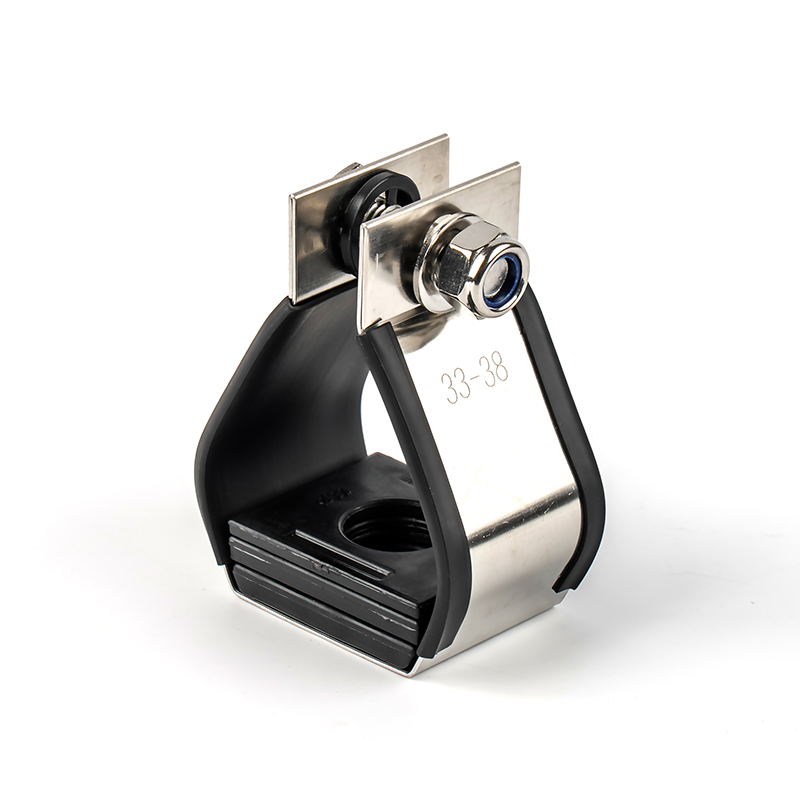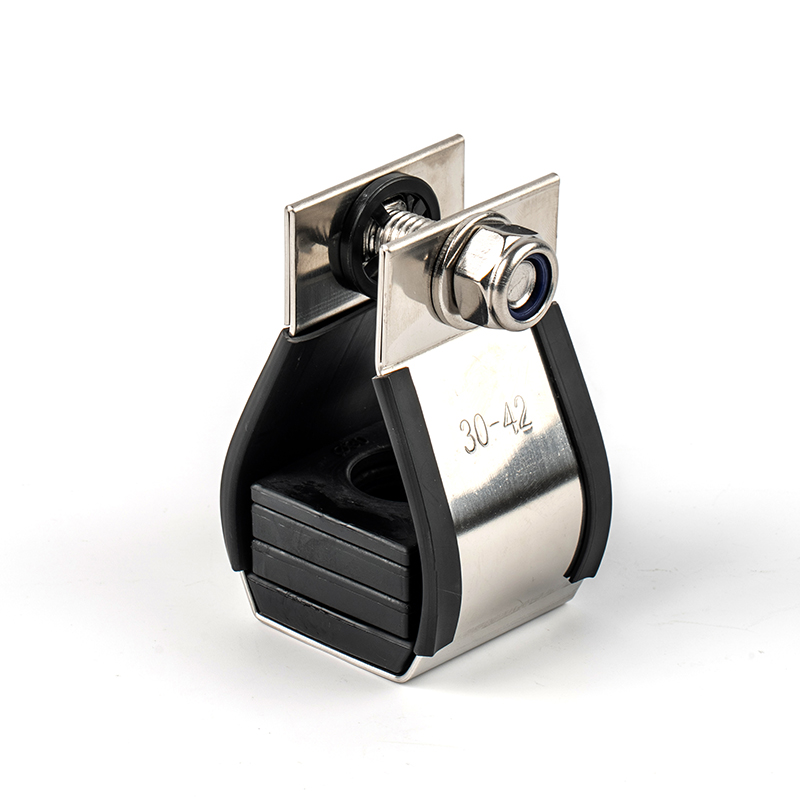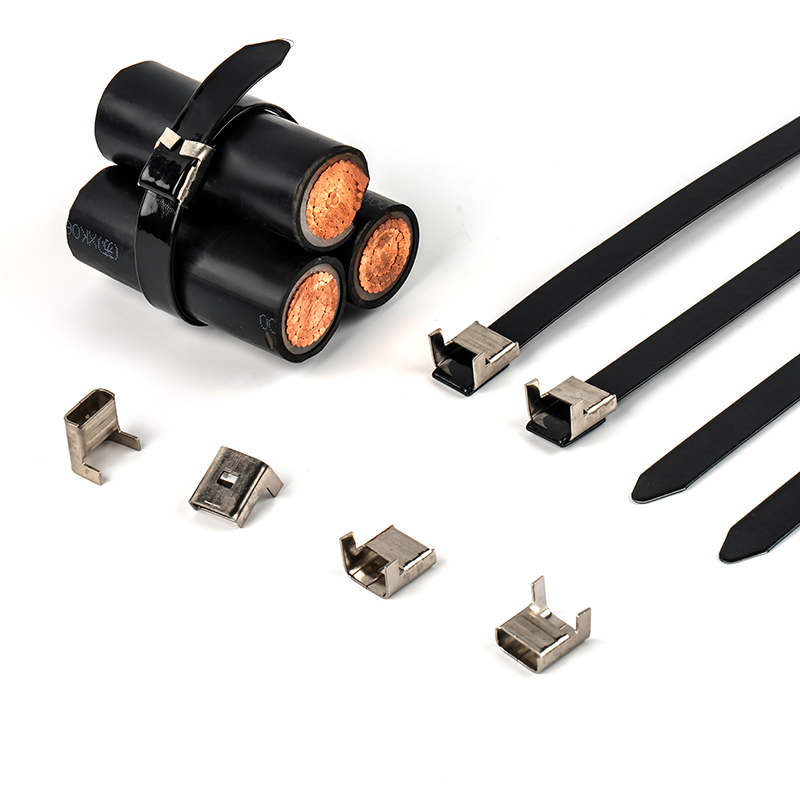+86-0575-8215 2808
/8200 8688/8239 2526

The single cable Cleats made of 316 stainless stee...
View more
Manufactured from high-grade 316 stainless steel, ...
View more
Brand Name: FengfanApproved Certificate: DNV &...
View more1. Load Capacity and Support Dimensions
Select the appropriate load rating based on the cable's weight, diameter, and installation method (single-layer, double-layer, or multi-layer).
The clamp's support width should cover the entire outer diameter of the cable to prevent localized stress and wear.
2. Material and Corrosion Resistance
Different operating environments require different materials: Stainless steel is suitable for highly corrosive environments such as marine and chemical industries; galvanized steel is suitable for general industrial environments.
For humid or salt spray environments, products that meet ASTM A193B8 or ISO 9001 corrosion resistance standards should be selected.
3. Installation Method and Compatibility
Confirm that the clamp is compatible with existing cable trays, bridges, or support structures (bolt, clip, spring, etc.).
For applications requiring quick assembly and disassembly, spring-loaded or clip-on CableCleats are more convenient.
4. Safety Features
CableCleats, with their anti-short-circuit and anti-dropout designs, protect cables from being pulled apart or damaged by heat in the event of an accidental short circuit. FENGFAN's CableCleats are specially developed for short-circuit protection, ensuring they maintain structural integrity under extreme conditions.
1. Visual Inspection
The surface should be smooth, free of cracks, rust, or delamination; key features such as threads and slots must be intact.
Unqualified clamps often exhibit burrs or weak solder joints, which can easily loosen during use.
2. Dimension and Tolerance Measurement
Use calipers or specialized measuring tools to verify the clamp's hole diameter, support width, and bolt hole locations to ensure they are within the tolerances specified in the product's technical drawings.
3. Material and Heat Treatment Verification
Confirm that the material meets the standards for stainless steel (e.g., 304/316) or galvanized steel through chemical composition analysis or hardness testing.
A hardness tester can be used to verify that heat treatment (e.g., quenching and tempering) meets the specified strength specifications.
4. Functional Test
Installate the cable into the clamp and apply the rated load to observe for slippage, deformation, or loosening. For short-circuit proof CableCleats, a simulated short-circuit current impact test can be performed to verify whether their structure remains intact.